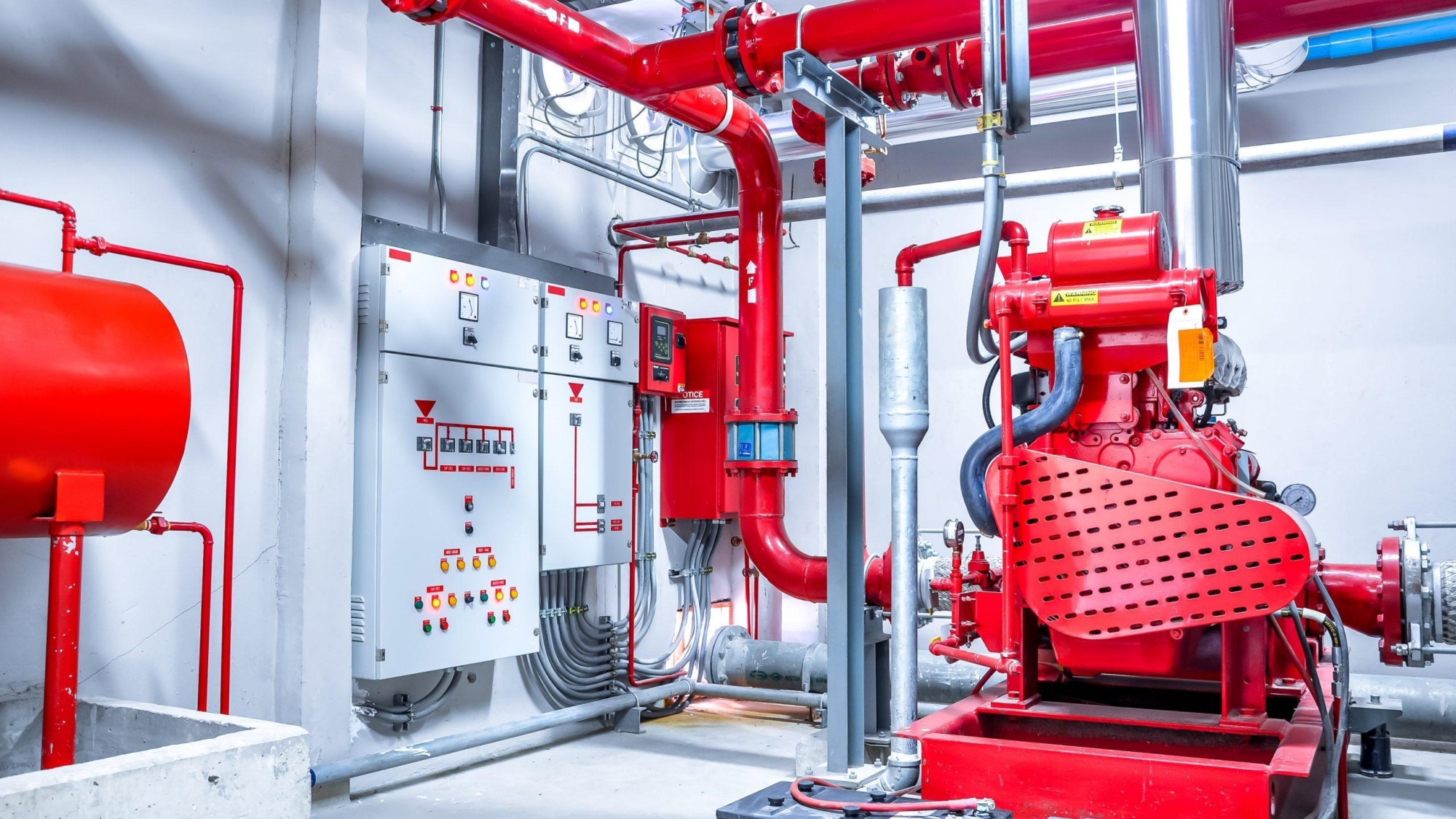Fire Fighting Systems:
Fire Fighting System is a critical concern for any residential, commercial, or industrial building, Installing a robust firefighting system is one of the most effective ways to ensure fire safety.
What is a Fire Fighting System?
A firefighting system is an integrated network of equipment designed to detect, control, and extinguish fire, These systems are crucial for providing immediate response to fire outbreaks, minimizing damage, and preventing fire spread, A well-designed firefighting system is tailored to the specific needs of a building and complies with local fire safety regulations.
Key Components of a Fire-Fighting System
Fire Detection Systems:
These include smoke detectors, heat detectors, and flame detectors, They are the first line of defense, alerting occupants and triggering the fire suppression systems.
Fire Alarm Systems:
Once a fire is detected, the alarm system warns occupants through audible and visual signals, facilitating quick evacuation.
Fire Suppression Systems:
These systems actively work to extinguish the fire. Common types include:
Sprinkler Systems:
Automatic sprinklers that discharge water when heat is detected.
Gas Suppression Systems:
Use inert gases or chemical agents to suppress fires without damaging sensitive equipment.
Foam Systems:
Effective for fires involving flammable liquids, forming a barrier to smother the fire.
Fire Extinguishers:
Portable devices that individuals can use to tackle small fires. Different types include water, foam, CO2, and dry powder extinguishers.
Fire Hydrant Systems:
Provide a high-pressure water supply to firefighting hoses for manual firefighting by trained personnel or firefighters.
Types of Fire-Fighting Systems
Wet Pipe Systems:
These are the most common type of sprinkler system, with pipes constantly filling with water. They are simple and reliable but may not be suitable for freezing environments.
Dry Pipe Systems:
Pipes are filled with pressurized air or nitrogen, which releases water when a fire is detected. It is ideal for areas prone to freezing.
Deluge Systems:
Similar to wet pipe systems but with open nozzles. All sprinklers activate simultaneously, which is suitable for high-hazard areas like chemical storage.
Pre-Action Systems:
A combination of wet and dry systems, requires two triggers to release water, reducing the risk of accidental discharge.
Benefits of a Fire Fighting System
Early Detection and Response:
Firefighting systems ensure that fires are detected and addressed promptly, reducing potential damage.
Life Safety:
By providing early warning and suppression, these systems significantly enhance the safety of building occupants.
Property Protection:
Effective fire suppression minimizes property damage, reducing repair costs and business downtime.
Compliance with Regulations:
Installing a fire fighting system helps meet local fire safety codes and regulations, avoiding legal penalties.
Maintenance and Inspection:
Regularly maintaining and inspecting firefighting systems are crucial to ensure their functionality during emergencies. This includes:
Testing alarms and detectors
Inspecting and servicing fire extinguishers.
Checking sprinkler heads and pipes for obstructions or damage.
Ensuring hydrants and hoses are in good working condition.


Add a Comment